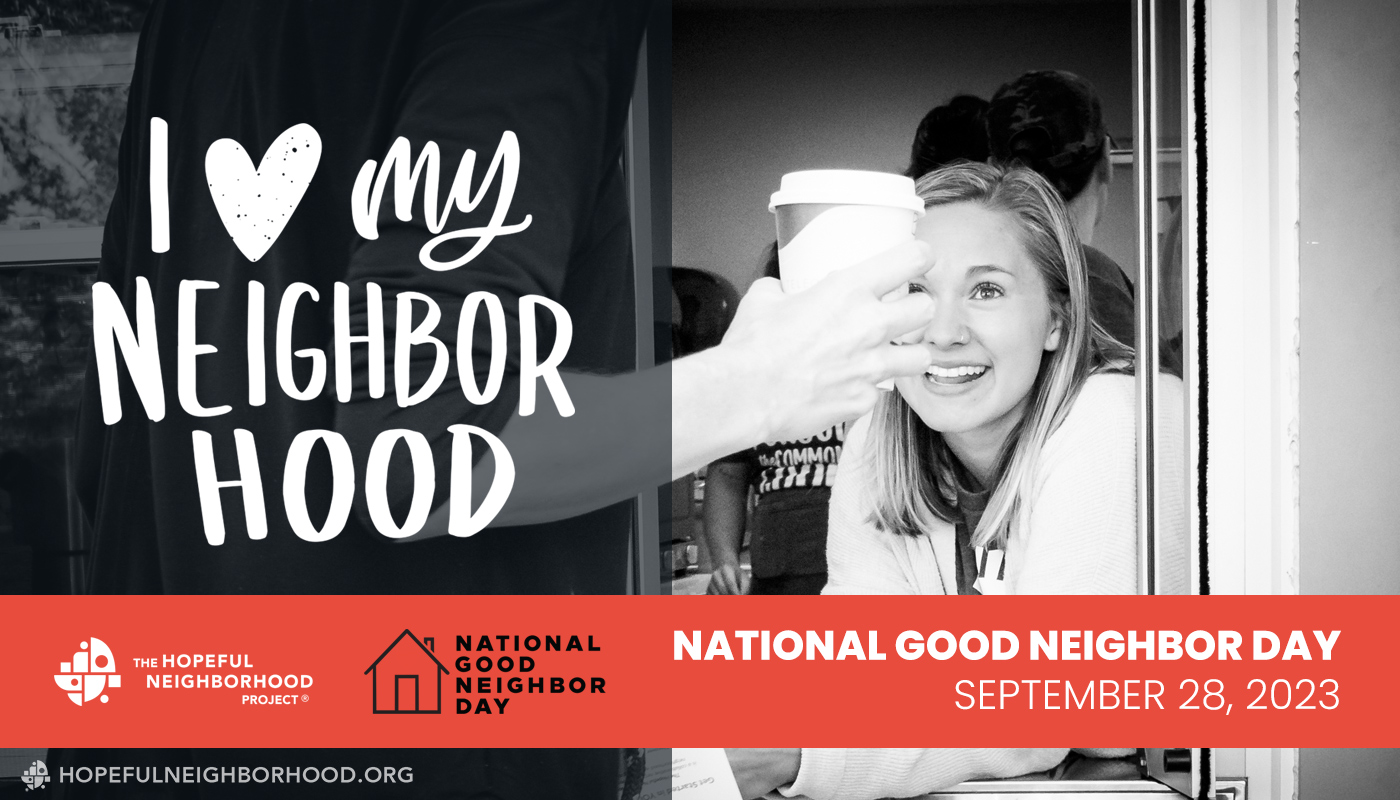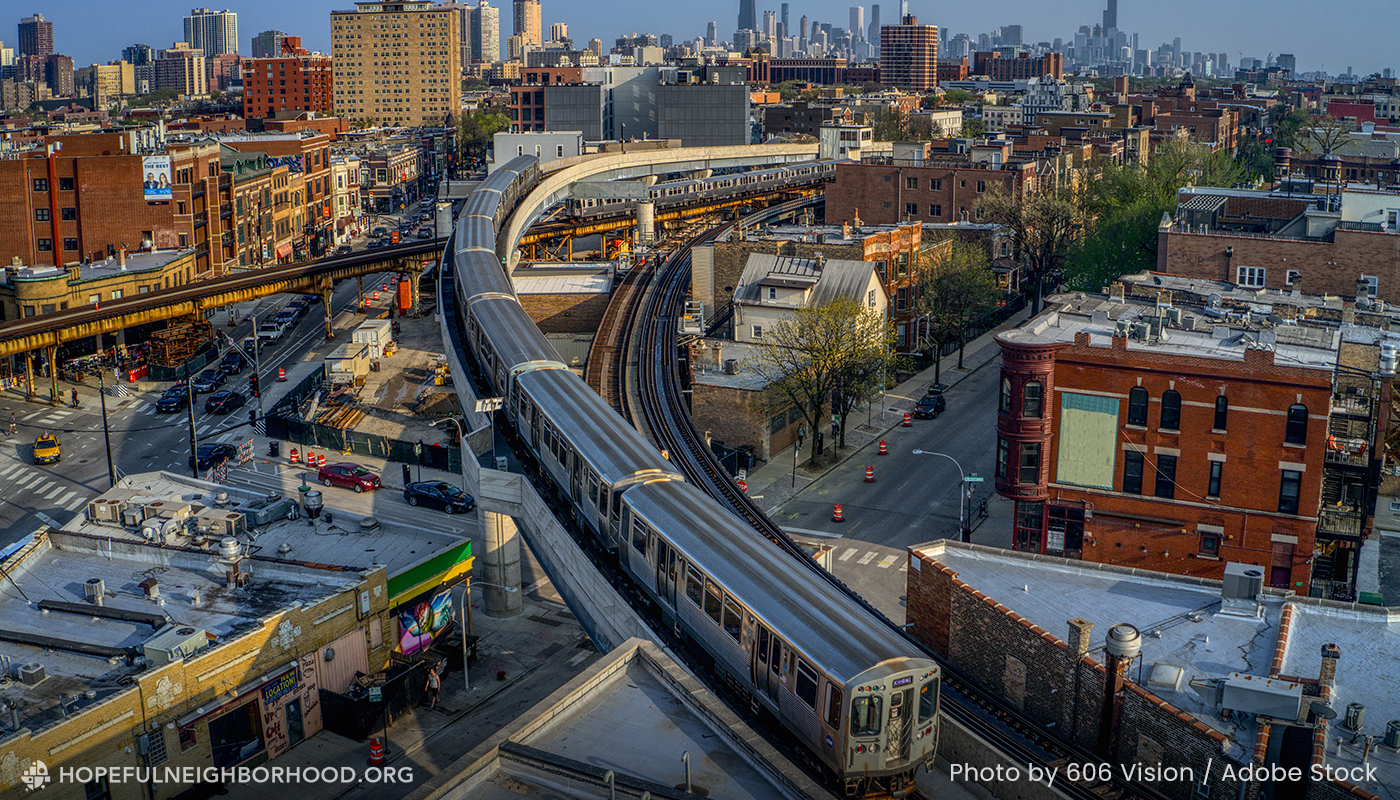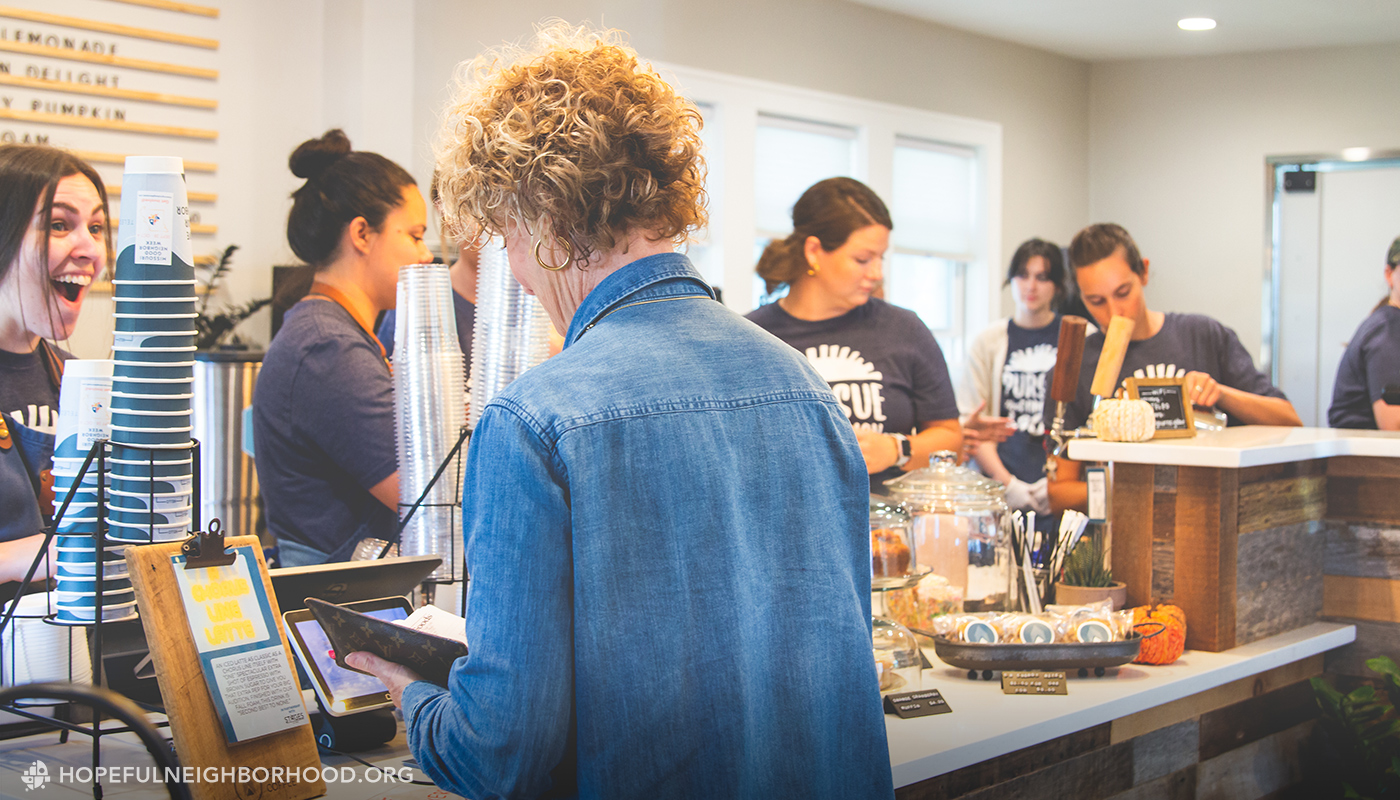The leader of our tour announced, “We are now turning onto Sweet Auburn Avenue.” The big tour bus drove down the neighborhood street. The air was warm, fresh, and peaceful, as we stepped off the bus near the courtyard where Dr. Martin Luther King Jr. and Coretta Scott King are buried. Nearly 70 of us had been meeting in a group known as the Black Clergy Caucus of The Lutheran Church—Missouri Synod. In the group were men and women of all ages but mostly African American and African immigrant pastors and church leaders. And, then, there were those of us privileged enough to be guests at the conference. We were all coming to Auburn Avenue with different experiences, different reasons why the place was important to us. But as I walked with the woman I’d designated to be my tour buddy, I began to understand just how important “place” was in the story of the civil rights movement—and how Sweet Auburn Avenue had a role in the critical changes in America in the turbulent 1960s.
Martin Luther King Jr.’s Childhood Home
I wanted to see everything and take it all in, as there is a lot to experience in a few blocks. However, we were only there for two hours, and so we had to make some choices. Our first choice was to visit MLK’s childhood home. With the help of a member on the tour (wearing a hat with “Good Trouble” in bold letters), we finagled enough tickets on the last tour of the day to get into the house. The tour started outside with a history lesson on the neighborhood. The neighborhood was directly impacted by the Atlanta Race Riots of 1906. In the late 1800s and early 1900s, Auburn Avenue divided a residential white neighborhood and a residential black neighborhood, deemed as such by city codes. The tour guide shared with us that after the riots, the white residents feared for their safety (though few white people were injured and none were imprisoned). And so, they left the neighborhood almost overnight. The city then made the decision to change the neighborhood designation so that African Americans could buy those houses.
This history is important because it created the opportunity for Martin Luther King Jr.’s grandparents to purchase the family home, complete with amenities that were not present in the homes built for black residents. This upscale home offered a safe, loving, and hospitable environment that shaped Dr. King’s childhood. It was not only home to Dr. King’s immediate family, but also to Dr. King’s grandparents. The family opened it up as a place for students at nearby colleges to stay when they couldn’t afford room and board elsewhere. And the front parlor was said to be a place for lively debates among family and community members about politics, religion, and the concerns of the day. The home on Auburn Avenue shaped Dr. King in many important ways.
Ebenezer Baptist Church
Just down the street from Dr. King’s childhood home on Auburn Avenue, is Ebenezer Baptist Church. Ebenezer was a pillar in the community, and still stands tall and proud on the street. While I wasn’t able to take a tour, I was able to walk inside the small gift shop and take photos outside. While taking photos, a couple stopped and offered to take a group shot. They were from Scotland and had traveled to Atlanta to witness the sites on Auburn Avenue for themselves. A high school teacher had given the gentleman tapes of Dr. King’s speeches. He was so inspired that he brought his wife and daughter years later to learn about the man from the place that shaped him.
Ebenezer Baptist Church was a second home to Dr. King, both growing up and throughout his life. His grandfather, his father, and eventually he and his brother were all pastors at this church. After his assassination, Dr. King’s funeral was held there, which pays tribute to the importance of the church that helped shape him.
MLK’s Neighbors
On our tour we heard stories that you may have heard before, stories of incidents that shaped Dr. King’s life and perspective on race in America. First, there was the story of his neighbor across the street whose father refused to allow them to play together because of the color of their skin. Then, there was the story of the local business owner who would not sell shoes to Dr. King and his father, until they were sitting in the back of the store. Dr. King’s father replied they would buy shoes sitting at the front, or they would not buy shoes at all. His father was furious. Dr. King recalled his father saying to him, “As long as I live in this system, I will never accept it.” Those early experiences, in the place Dr. King called home, impacted and shaped his views.
Today, we are living in a better world because of Dr. Martin Luther King Jr. His life, shaped by the Sweet Auburn community, has made a profound difference in our country—and the world. But, we are not living in a perfect world. There are still many injustices. My experience on Auburn Avenue made me consider again how much the place we are raised shapes us. And so, as I look at my own neighborhood, I ponder how it is shaping the young people in it. Both good and bad experiences will shape tomorrow’s leaders. And so, on this day when we remember Dr. King’s life and legacy, I’m also taking inspiration from Sweet Auburn Avenue. It’s a powerful inspiration to make my neighborhood hopeful, and healthy, and a place where children can grow up feeling that when they see a wrong, they have the power to change it.




0 Comments